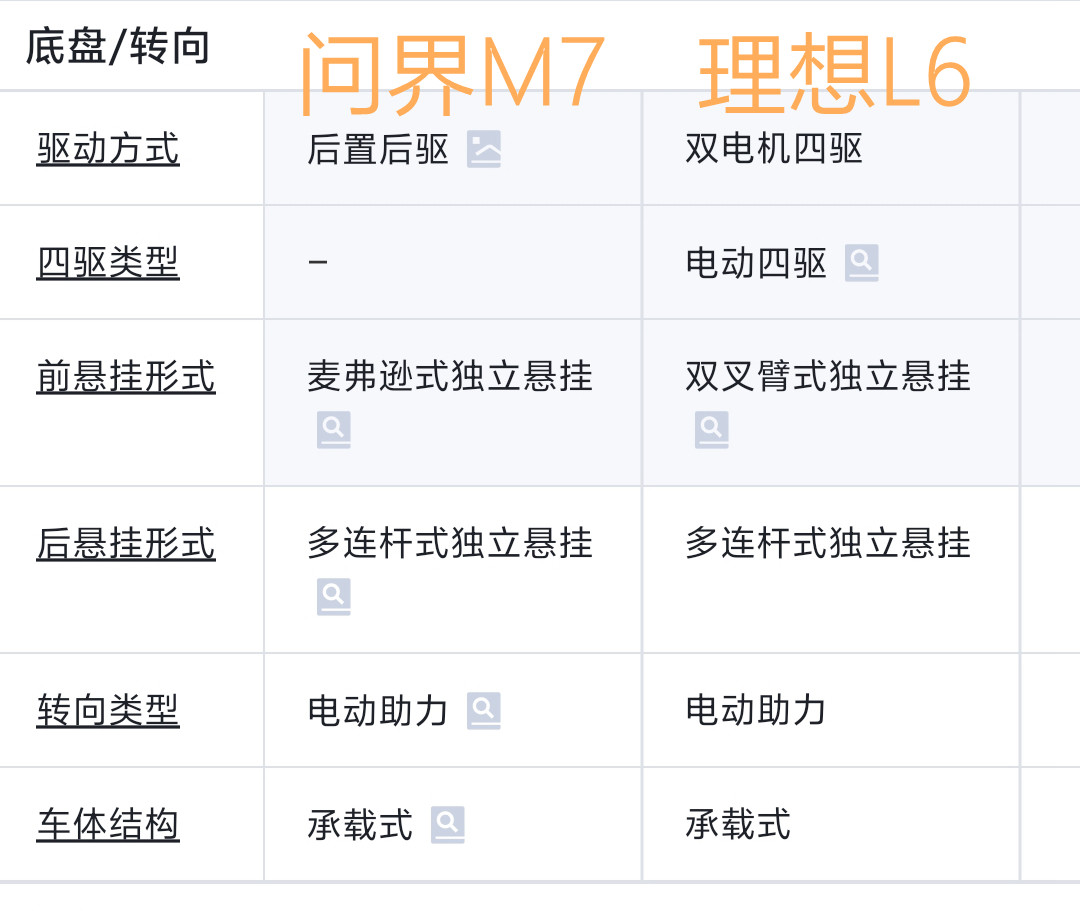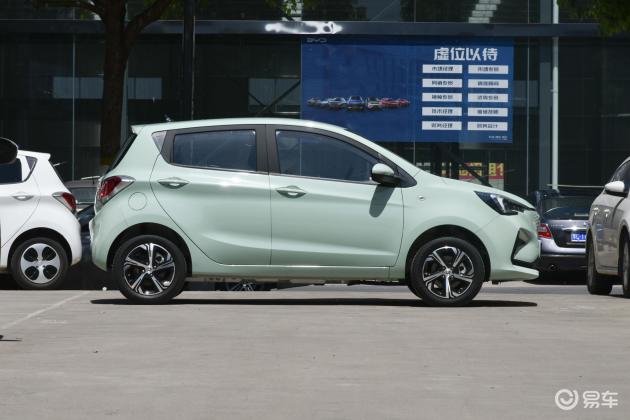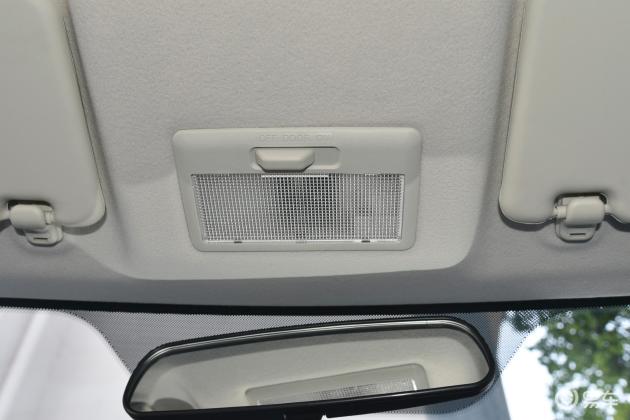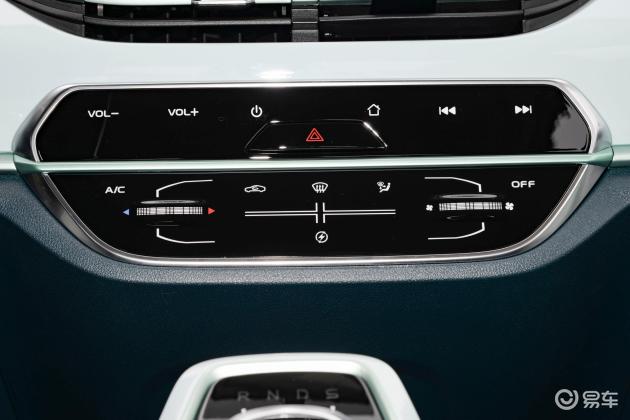Professional counterfeiter Yang Hai found the problem foreign beer in a supermarket in Chengdu.
In the position corresponding to the existing production date of the problem beer, there is also the processed production date.
Two-day "undercover" supermarket, focusing on the production date on the packaging, bought suspected products in batches and demanded ten times compensation for the whole video to obtain "ironclad evidence" … A seemingly perfect professional anti-counterfeiting happened quietly in a large supermarket in Chengdu High-tech Zone.
"One package and two production dates are obviously changed!" At two o’clock on the afternoon of October 20th, in a Wal-Mart supermarket in Huichuan Road, Chengdu High-tech Zone, Yang Hai (pseudonym) and his friends found the person in charge of the supermarket with four barrels of beer and five bottles of pre-mixed wine. They bought these wines in the supermarket in the past two days. They didn’t buy them for drinking, but found that there might be something wrong with their production date identification. Yang Hai immediately asked the supermarket to pay ten times the compensation, with a total price of more than 7,000 yuan.
In the face of reporters, Yang Hai did not shy away from his identity-"I am a professional counterfeiter". Although he claimed to have only been in the business for more than two years, Yang Hai did have a set of anti-counterfeiting experience: you can’t buy too much at one time, otherwise the other party won’t sell it; Be sure to record the whole process, which is the most powerful evidence …
At the beginning of this month, the new Food Safety Law (hereinafter referred to as the new Food Safety Law), which is called "the strictest in history", was officially implemented. The new law has further enhanced consumer protection, increased penalties for counterfeiting and selling fakes, and improved the reward mechanism for reporting. Attracted by high compensation, professional counterfeiters like Yang Hai are becoming more and more active. For Yang Hai, this is both public welfare and business.
Anti-counterfeiting scene, skillful and secret
Introduce the situation, take the staff to the shelves for inspection, and actively inform the person in charge of the supermarket … Yang Hai is familiar with the whole process, and also "professionally" videotapes the whole process with his mobile phone.
Find out the problem wine and breathe a long sigh of relief.
Search/
Go to the supermarket to find the hidden production date
At noon on October 19th, after a simple meal in a roadside restaurant, Yang Hai, a Shandong native, and his partner Xiao Liu went straight into a large supermarket in Chengdu High-tech Zone without taking a lunch break.
Without taking a cart or a shopping basket, they quickly went to the food section and went to different shelves. In front of a shelf, Liu Yishou Jr. turned the food and locked his eyes on the label on the back. Then, he skillfully looked at the bottom or top of the package, looking left and right at the production date. At most three seconds, the food in your hand was put back in its original place.
In the dairy products area, alcoholic drinks area, snack food area, and in front of different kinds and brands of shelves, they skillfully repeated such actions.
After about half an hour, in front of an imported beer in the liquor and beverage area, Liu Fang Jr. slowed down the speed of taking the goods. He picked up a Valentin 5L beer barrel, and the top of the package was printed with a black date of production: "P: March 12, 2015: March 12, 2016", that is, the beer was within the shelf life.
There seems to be no problem with the beer, but Xiao Liu frowned. He held the beer in his hands, pointed the top of the package at the light, kept changing the angle, and followed his head left and right. After a while, he stopped. From one angle, he saw a series of looming numbers: "P: 2015.01.30 E:2016.01.30 E".
He breathed a long sigh of relief, touched out his mobile phone, photographed the brand and suspicious production date of this barrel of beer, and immediately sent the photo to the WeChat group.
After everything was finished, Xiao Liu returned to the shelf, carried two barrels of the same batch of beer and walked to the cashier. After receiving the news from Xiao Liu, Yang Hai, not far away, also put down the food in his hand, found the beer in the photo, took a bucket in one hand and immediately ended the "shopping".
Pay/
Buy the defective goods and claim ten times.
On the morning of the 20th, they came to the supermarket again. After the same way of "sweeping goods", they found five bottles of pre-mixed wine with similar "problems", and they took the cashier’s receipt and found the person in charge of the supermarket to explain.
"The date that is not obvious is obviously erased, and that is the real production date. Tampering with the production date is a violation of the food safety law. " Yang Hai confidently showed his attitude to the person in charge of the supermarket. At the same time, unlike ordinary consumers’ request for a return, Yang Hai asked the supermarket to "return one and lose ten" on the spot, that is, pay him more than 7,000 yuan in compensation. At the same time, he also called the report number of the Food and Drug Administration.
At two o’clock in the afternoon, the staff of the Food and Drug Administration of the Cooperation Sub-district Office of High-tech Zone came to the scene. Introduce the situation, take the staff to the shelves for inspection, and actively inform the person in charge of the supermarket … Yang Hai is familiar with the whole process, and also "professionally" videotapes the whole process with his mobile phone.
Check/
The commodity is suspected of being marked with a false production date.
Regarding why there were two production dates, the person in charge of the supermarket Fang Yiye’s surname refused to interview on the grounds that an investigation was already under way, but said that he would cooperate with the food and drug supervision department to investigate.
However, Mr. Ye produced a statement issued by Beijing Pinli Food Co., Ltd., the general agent of Valentin Beer in China. Just in July this year, Hunan also discovered that the beer had two production dates. The description says that the vague production date is "the German manufacturer made a printing error, and the manufacturer corrected it in time after finding the error, and scrubbed it with chemicals."
The staff of the local food and drug administration seized (detained) the goods that may have problems because they were suspected of marking the false production date. "Whether there are problems or not, we need to investigate further."
A new discussion on counterfeiting: for yourself or for the public
The existence of professional counterfeiters may be subjective for their own profit, but objectively, it can really play a supervisory role.
The new law indirectly brings "dividends" to professional counterfeiting.
Lawyer’s statement/professional fight is suspected of extortion if the claim is excessive.
Is the identity of professional counterfeiters legal? Can they claim compensation for buying fakes?
Ma Fei, chief lawyer of Chongqing Jinmu (Chengdu) Law Firm, said that there has always been controversy about whether counterfeiters are consumers. However, according to Article 3 of the Provisions of the Supreme People’s Court on Several Issues Concerning the Application of Laws in the Trial of Food and Drug Disputes, which was implemented on March 15, 2014, "If there is a dispute over the quality of food and drugs, the buyer claims the rights from the producers and sellers, and the producers and sellers defend on the grounds that the buyer knows that the food and drugs have quality problems but still buys them, the people’s court will not support it."
"In other words, professional counterfeiters can defend their rights according to law." Ma Fei believes that the existence of professional counterfeiters may be subjective for their own profit, but objectively, it can really play a supervisory role. However, he also admitted that these professional counterfeiters will inevitably have a lion’s mouth open during the claim process. "This may be suspected of extortion."
Law enforcement agencies/professional anti-counterfeiting are treated equally with ordinary consumers.
The new Food Safety Law, which came into effect on October 1st, stipulated that "one will be refunded and ten will be compensated", and the reward for reporting will be written into the law. Will the new law stimulate professional counterfeiting fever and become a means for professional counterfeiters to make profits? It has become a hot topic in recent social discussions.
Xiao Pinghui, a postdoctoral fellow at the Institute of Advanced Studies of the State Food and Drug Administration, said: "On the one hand, the new law restricts some low-threshold professional anti-counterfeiting activities that do not involve food safety. For example, if the label defect does not affect food safety, it cannot get ten times compensation, on the other hand, it indirectly brings’ dividends’ to professional anti-counterfeiting."
For professional counterfeiters like Yang Hai, the staff of Chengdu Food and Drug Administration said that no matter ordinary consumers or professional counterfeiters, as long as they receive reports of violations of the food safety law, the regulatory authorities will investigate and deal with them according to law.
Counterfeiting Jianghu, Public Welfare and Business
For his professional attributes, Yang Hai has always insisted that he is doing it for public welfare, but for his income, he just smirked and refused to disclose it.
The catering business is difficult to do, so I turned to be a fake "business"
Specialize in/spent two days thinking about the new law.
Yang Hai, who finished counterfeiting and waited for compensation, did not shy away from his identity as a professional counterfeiter in the face of reporters, and talked about his experiences in an endless stream.
According to him, he is a native of Shandong. He started to do catering business. Two years ago, he became a professional counterfeiter under the leadership of a fellow villager because business was difficult. "I have been dealing with food before, and I am familiar with this situation. The focus of counterfeiting is on food."
As a professional counterfeiter, you have to be familiar with relevant laws. "After the new food safety law came out, we specially organized training and spent two days studying." Yang Hai said that the most common problem with food is to continue to sell or tamper with the production date after expiration. "Supermarkets generally require goods to be within two-thirds of the shelf life. Therefore, although some have not passed the shelf life, some dealers will change the date."
Every time he goes to the supermarket, Yang Hai will bring a small camera. "It’s not enough to have a small ticket. They have to record it all the time, so they can’t rely on it." With that, he showed the reporter a short video. The erased production date is not easy to find, they will prepare a flashlight, or use the flash of the mobile phone to illuminate the code spraying place. "If it is steel-printed, you can wipe a little inkpad, and it will be very clear."
Specialized/There are 80 anti-counterfeiting teams under his command.
It doesn’t depend entirely on eyesight and luck to find problematic goods among so many commodities. Yang Hai proudly said that he now has a team of more than 80 people. "Everyone has a division of labor. They (Xiao Liu) are only a part, as well as chasing dealers and investigating the source."
Yang Hai said that before each "shopping in the supermarket", they would learn from their peers which products might have problems, and then they would focus on finding a certain batch of shops; In order to find dealers at all levels, some of them have a good relationship with the workers responsible for delivery. "You can get the news of dealers from their mouths; They will spend tens of thousands of yuan to buy "problem" goods, but they all have to buy them in batches, and each time they are different people. "Buy too much at one time and may not sell it to you."
Yang Hai said that not long ago, they found a batch of problem milk in Guanghan by these methods. "In addition to compensation, we also received a reward for reporting." However, for his income, he just smiled smugly and refused to disclose it.
Regarding his professional attributes, Yang Hai has always insisted that he is for public welfare, and will not choose "private" after receiving compensation like some counterfeiters. "What may happen if these problematic foods are eaten by unsuspecting citizens?" Yang Hai said with emphasis. Huaxi Dushi Bao reporter Wu Bingqing photo report
Phase/relationship/method/article
Return one and lose ten.
Paragraph 2 of Article 96 of the Food Safety Law of People’s Republic of China (PRC) stipulates: "In the production of food that does not meet the food safety standards or the sale of food that is known to fail to meet the food safety standards, consumers can demand compensation from the producers or sellers for ten times the price, in addition to compensation for losses."
























